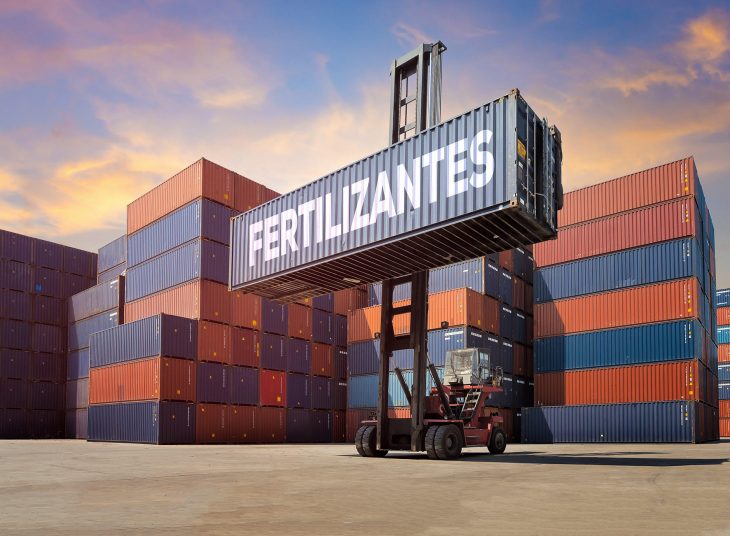The fertilizer outlook for Latin America, led mainly by Brazil and Argentina, has its challenges.
These nations produce little fertilizer domestically and must depend on imports. These leave them at the mercy of world-wide events. Each country also has other issues that affect supply, demand and price of nutrients.
In a presentation about the outlook for Latin America at the 2016 Fertilizer Outlook and Technology Conference held in Fort Lauderdale, Florida, recently, Blake Hurtik, editor for Argus FMB, touched on some of these issues.
Little domestic production
Latin America has limited domestic fertilizer production, and it is extremely reliant on fertilizer imports from across the globe, Hurtik said.
The ammonia capacity for the region, which consists of Mexico, Central America and South America, is only about 13 million metric tons (mmt), with urea capacity at about 8.4 mmt. Phosphorus production is roughly 4.5 mmt a year with just 1.5 mmt a year going towards MAP production. Potash production is extremely minor with small potash production facilities in both Chile and Brazil.
Fertilizer consumption in Latin America is led by Brazil, Mexico and Argentina and has increased from 2012 to 2014, he said.
Total fertilizer consumption (N, P, K) in Brazil has increased from just over 12 mmt in 2012 to 14 mmt in 2014. Mexico went from just under 2 mmt in 2012 to just over 2 mmt in 2014, and Argentina has demand hovering around 1 mmt.
Countries including Venezuela, Chile, Peru, Ecuador, Guatemala, Uruguay and several others all had fertilizer consumption at 1 mmt and under, he said.



